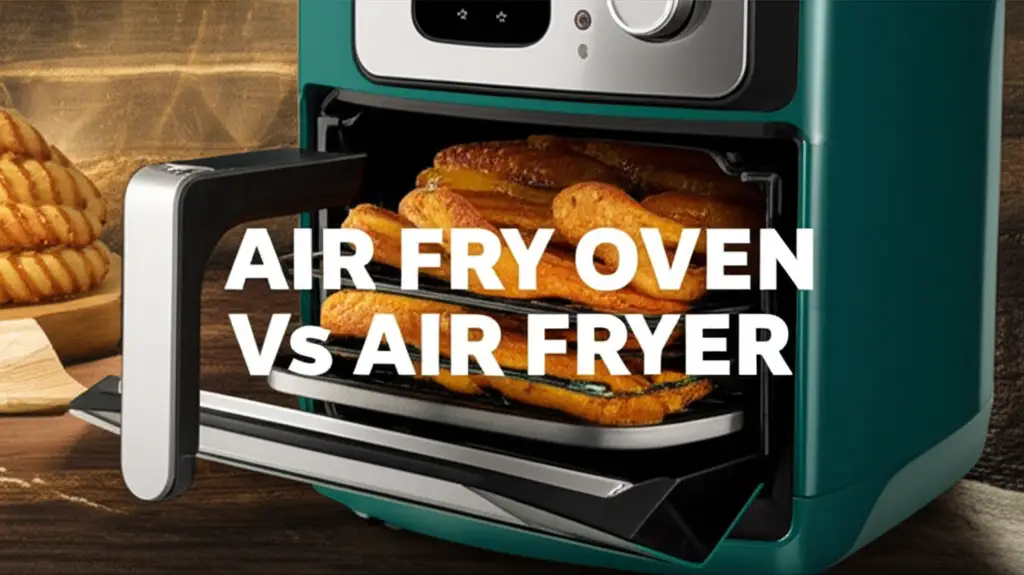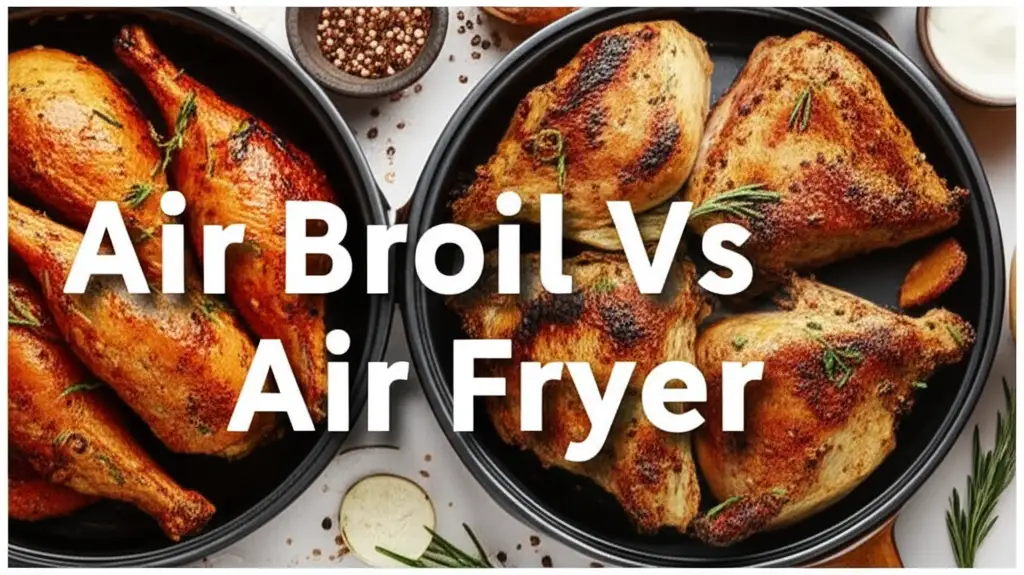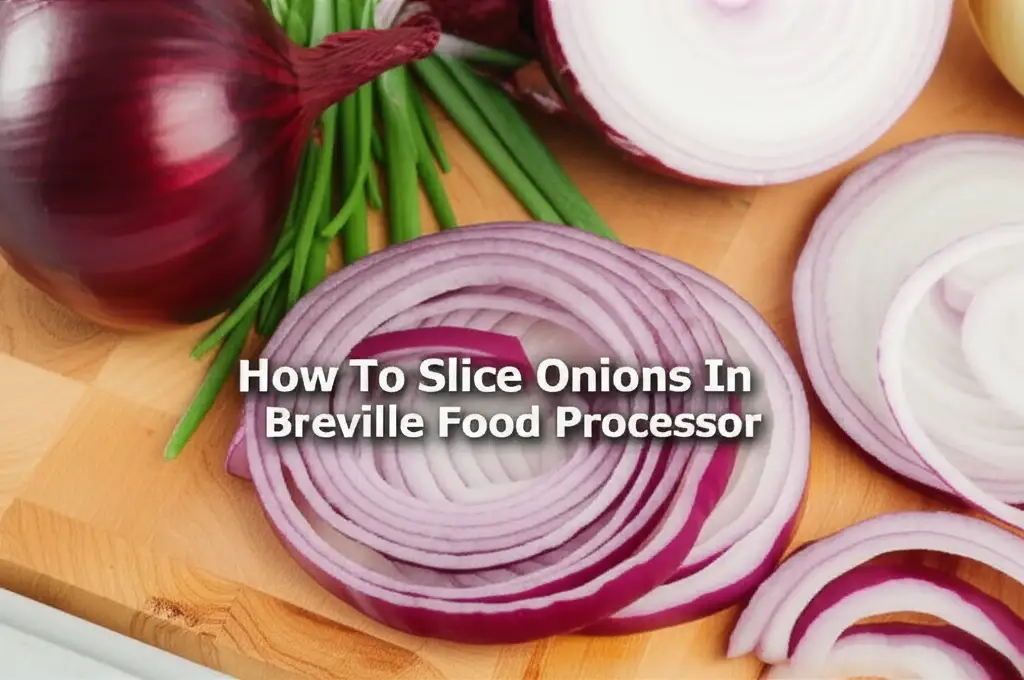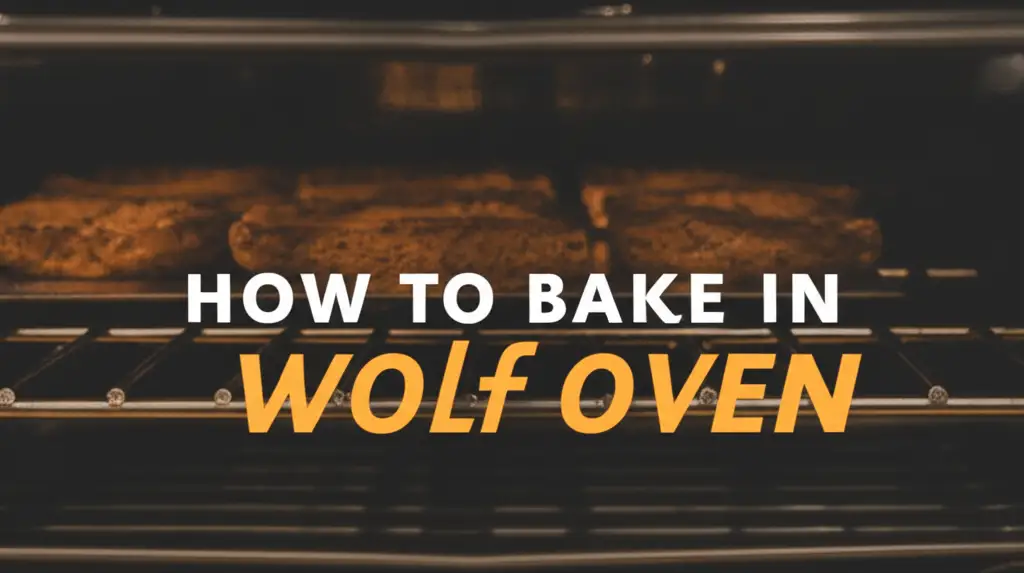· Elira Thomsen · Kitchen Appliances · 11 min read
Air Fryer Electricity Usage Vs Oven
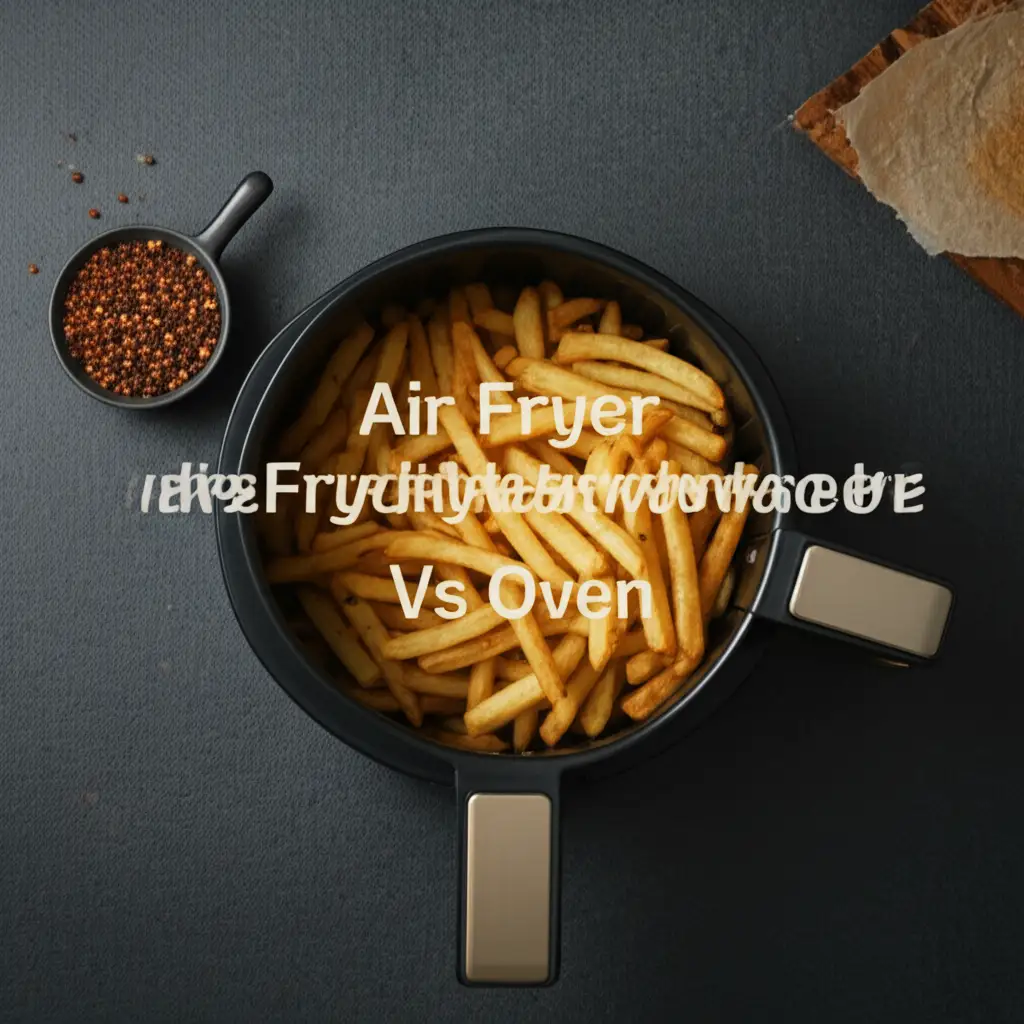
Air Fryer Vs. Oven: Which Saves More Electricity?
Cooking at home can feel great. It gives you control over ingredients and flavors. Yet, the energy used by kitchen appliances can add up. You might wonder which appliance is more efficient for daily meals. Many people now consider the air fryer electricity usage vs oven for energy savings.
I often think about my energy bill. Every time I cook, I consider the cost. This article will help you understand the power differences. We will look at how air fryers and traditional ovens consume electricity. We will discuss various factors that influence their energy use. My goal is to help you make smart choices. You can cook delicious meals while keeping energy costs low.
Takeaway:
- Air fryers generally use less electricity than ovens for smaller tasks.
- Ovens are more efficient for large batches or multiple dishes.
- Cooking time, food volume, and appliance wattage all impact energy use.
- Proper appliance maintenance helps reduce electricity consumption.
- Choose your appliance based on the meal size and type for maximum efficiency.
For most common cooking tasks, an air fryer uses less electricity than a traditional oven. This is because air fryers are smaller. They heat up faster and circulate hot air more efficiently. This results in quicker cooking times and lower energy consumption for small to medium portions.
Understanding Power Consumption: Watts and Kilowatt-Hours
Electricity bills can feel confusing. They list units like Watts and Kilowatt-hours (kWh). Understanding these terms helps you grasp appliance energy use. A Watt is a unit of power. It shows how much electricity an appliance uses at any given moment. A higher wattage means more power.
Kilowatt-hours measure energy consumption over time. One kilowatt-hour equals 1,000 Watts used for one hour. Your electricity bill charges you based on kWh. To estimate cost, multiply an appliance’s wattage by its hours of use. Then divide by 1,000 and multiply by your electricity rate.
Most air fryers typically range from 1,200 to 1,800 Watts. Standard electric ovens can range from 2,000 to 5,000 Watts. This difference in wattage already points to variations in electricity usage. However, wattage alone does not tell the full story. We must also consider how long each appliance runs.
Air Fryer Energy Efficiency: The Science Behind It
Air fryers have become very popular. People love them for their speed and ability to make crispy food. Their energy efficiency comes from their design. Air fryers are essentially compact convection ovens. They use a heating element and a powerful fan. This fan circulates hot air around the food quickly.
This rapid air circulation is key. It cooks food faster and more evenly than a traditional oven. The smaller cooking cavity also means less space needs heating. Less space means less energy is needed to reach the target temperature. This design leads to lower air fryer electricity usage.
Air fryers also often do not require preheating. Or they need very little preheating time. This saves energy compared to an oven. Ovens often need 10-15 minutes or more to preheat. The insulated nature of an air fryer basket also helps. It traps heat efficiently. This keeps the heat focused on your food. This prevents energy waste.
Oven Energy Consumption: The Traditional Powerhouse
Traditional ovens have served homes for many years. They are versatile for cooking large meals. However, they are not always the most energy-efficient choice for small tasks. An oven has a much larger interior space. This space needs significant energy to heat up. It also takes longer to reach the desired temperature.
Electric ovens use heating elements at the top and bottom. These elements radiate heat throughout the large cavity. Preheating is a big factor in their energy use. An oven must heat up its entire large chamber before cooking begins. This preheating phase can consume a lot of electricity. Often, people underestimate this energy cost.
The insulation of an oven also plays a role. Older ovens might have less effective insulation. This allows more heat to escape. This means the oven works harder to maintain temperature. Large family meals or baking multiple dishes might justify an oven’s energy use. For small portions, its power consumption is less ideal. If you are troubleshooting a Samsung oven that is not heating up or learning how to reset a Bosch oven, these issues can also impact energy efficiency.
Real-World Comparison: Cooking Specific Dishes
Let’s look at practical examples. This helps compare air fryer electricity usage vs oven. Imagine you want to cook frozen French fries for one person. An air fryer will likely use less energy. It heats up in minutes and cooks fries in about 15-20 minutes. A traditional oven needs 10-15 minutes to preheat. Then it cooks fries for another 20-25 minutes. The oven runs for a longer total time at a higher wattage.
Consider chicken wings for a small family. An air fryer can cook a batch quickly. You might need to do two batches for four people. An oven could handle all wings in one go. However, the oven’s total energy for preheating and cooking might still exceed the air fryer’s two cycles. The key difference lies in the volume of food.
For baking a large cake or a roast chicken, the oven is the clear winner. It provides the necessary space. It also maintains a consistent, gentle heat over a longer period. An air fryer cannot accommodate such large items. It is not designed for traditional baking. For small-scale baking, like two cookies, an air fryer might work. But for a full batch, the oven is superior in capacity and results. When you are learning how to bake in a Wolf oven, you quickly realize its capacity is built for larger culinary tasks.
Factors Influencing Energy Use: Beyond the Appliance Type
Many things affect how much electricity your air fryer or oven uses. It is not just about the appliance itself. The amount of food you cook is a big factor. Cooking a small chicken breast in a large oven is inefficient. The oven still heats its entire cavity. An air fryer is perfect for this small task.
Preheating time also matters a lot. Ovens often need significant time to reach the desired temperature. An air fryer heats up very quickly. Some dishes do not need preheating at all in an air fryer. This saves precious minutes of high energy draw. The cooking temperature itself affects usage. Higher temperatures require more energy. Longer cooking durations also increase total kWh used.
The condition of your appliance matters, too. A dirty air fryer can have reduced airflow. This makes it less efficient. An oven with a faulty door seal loses heat. This forces it to work harder. Regular cleaning and maintenance are important. For air fryers, knowing if your air fryer is dishwasher safe can make cleaning easier. For ovens, maintaining proper function can prevent issues like an oven being too hot for troubleshooting. These issues waste electricity.
When to Choose Your Air Fryer for Energy Savings
Choosing your air fryer can significantly cut down on electricity. It shines in specific situations. I always grab my air fryer for small meals. If I am making a quick snack for myself, it is the best choice. This includes things like two chicken breasts or a few servings of fries. Its compact size ensures heat focuses directly on the food.
Reheating leftovers is another perfect task for an air fryer. It crisps up pizza or warms up fried chicken beautifully. Plus, it does so much faster than an oven. This speed means less time drawing power. You save both time and energy. It is much more efficient than turning on a large oven for a single serving.
Dishes that cook quickly with high, dry heat also benefit from an air fryer. Think about things like chicken nuggets or fish sticks. They become crispy and delicious. The air fryer uses less power than an oven for these items. Its rapid air circulation browns food surfaces faster. This makes it ideal for single portions or small batches. Easy cleaning also makes daily use simple. Knowing how to clean an air fryer oven can help maintain its efficiency.
When Your Oven is Still the Best Choice
While air fryers offer great energy savings for many tasks, the traditional oven still has its place. For large family meals, the oven is indispensable. It can fit a whole roasted chicken, a turkey, or multiple casseroles at once. An air fryer simply does not have this capacity. Trying to cook a big meal in batches with an air fryer would be highly inefficient. It would also take much longer.
Baking delicate items often requires an oven. Cakes, breads, and soufflés need a consistent, gentle heat environment. Ovens provide this stability. The even temperature distribution inside a large oven is perfect for these items. An air fryer’s intense, focused heat can sometimes dry out or overcook delicate baked goods.
If you are cooking multiple dishes simultaneously, your oven is the better option. For example, if you are making a full dinner with a main course and two side dishes. You can put all these items in the oven at once. This maximizes the energy used for one cooking cycle. It becomes more efficient than running multiple smaller appliances. Using the oven for large batches is often the most economical choice per serving.
Tips for Maximizing Energy Efficiency with Both Appliances
You can make smart choices to reduce electricity use with both your air fryer and oven. These simple habits save money over time. First, always match the appliance size to your cooking needs. For a single portion, use your air fryer. For a holiday roast, use your oven. This avoids wasting energy on unused space.
Preheating correctly is also crucial. For ovens, only preheat for the recommended time. Do not let it run empty for too long. For air fryers, many recipes do not even require preheating. If they do, it is usually only for a couple of minutes. Checking your food through the window, instead of opening the door often, also helps. Each time you open the door, heat escapes. This forces the appliance to use more electricity to get back to temperature.
Keep your appliances clean. Grease and food debris can reduce efficiency. In an air fryer, grime can block airflow. In an oven, burned-on food can absorb heat. Regular cleaning ensures they run optimally. Also, consider using the residual heat. When your food is almost done, turn off the appliance a few minutes early. The remaining heat will finish the cooking process. This small action can surprisingly save electricity.
Do Air Fryers Use a Lot of Electricity?
Air fryers generally use less electricity than conventional ovens for most tasks. They operate at lower wattages and cook food much faster due to efficient hot air circulation. For single servings or small batches, an air fryer consumes significantly less energy. This makes them a more economical choice for daily quick meals.
Is Air Fryer Cheaper to Run Than Oven?
Yes, an air fryer is typically cheaper to run than a traditional oven. This is because it uses less power (lower wattage) and cooks food in a shorter amount of time. The combination of lower wattage and reduced cooking duration leads to less total electricity consumption per meal, saving you money on your utility bill.
How Much Electricity Does an Air Fryer Use Per Hour?
An air fryer uses between 1,200 to 1,800 watts, or 1.2 to 1.8 kilowatt-hours (kWh) per hour. To calculate the cost, multiply this kWh by your local electricity rate. For example, at $0.15 per kWh, running a 1,500-watt air fryer for an hour costs about $0.225.
Can an Air Fryer Replace an Oven Completely?
An air fryer cannot completely replace an oven. While it excels at small, crispy items and quick meals, it lacks the capacity for large roasts, multiple baking trays, or delicate baked goods. An oven offers a larger cooking volume and a more consistent, less intense heat for certain culinary tasks.
What Uses More Electricity: A Microwave or an Air Fryer?
A microwave typically uses less electricity than an air fryer for reheating and simple cooking. Microwaves operate at lower wattages for shorter bursts of time. Air fryers use more power to produce crispy results, but they are still more efficient than ovens for similar tasks.
Conclusion
Understanding the difference in air fryer electricity usage vs oven helps you save money. Air fryers offer energy efficiency for smaller meals and quick tasks. They heat fast and cook quickly. Ovens remain essential for large family meals and specific baking needs. They handle high volumes and delicate items well.
I encourage you to evaluate your cooking habits. Think about the size of your meals. Consider the type of food you prepare most often. Choose the appliance that best fits that specific need. By making informed decisions, you can enjoy delicious food. You can also keep your energy bills under control. Make smart choices for your home and your wallet.


